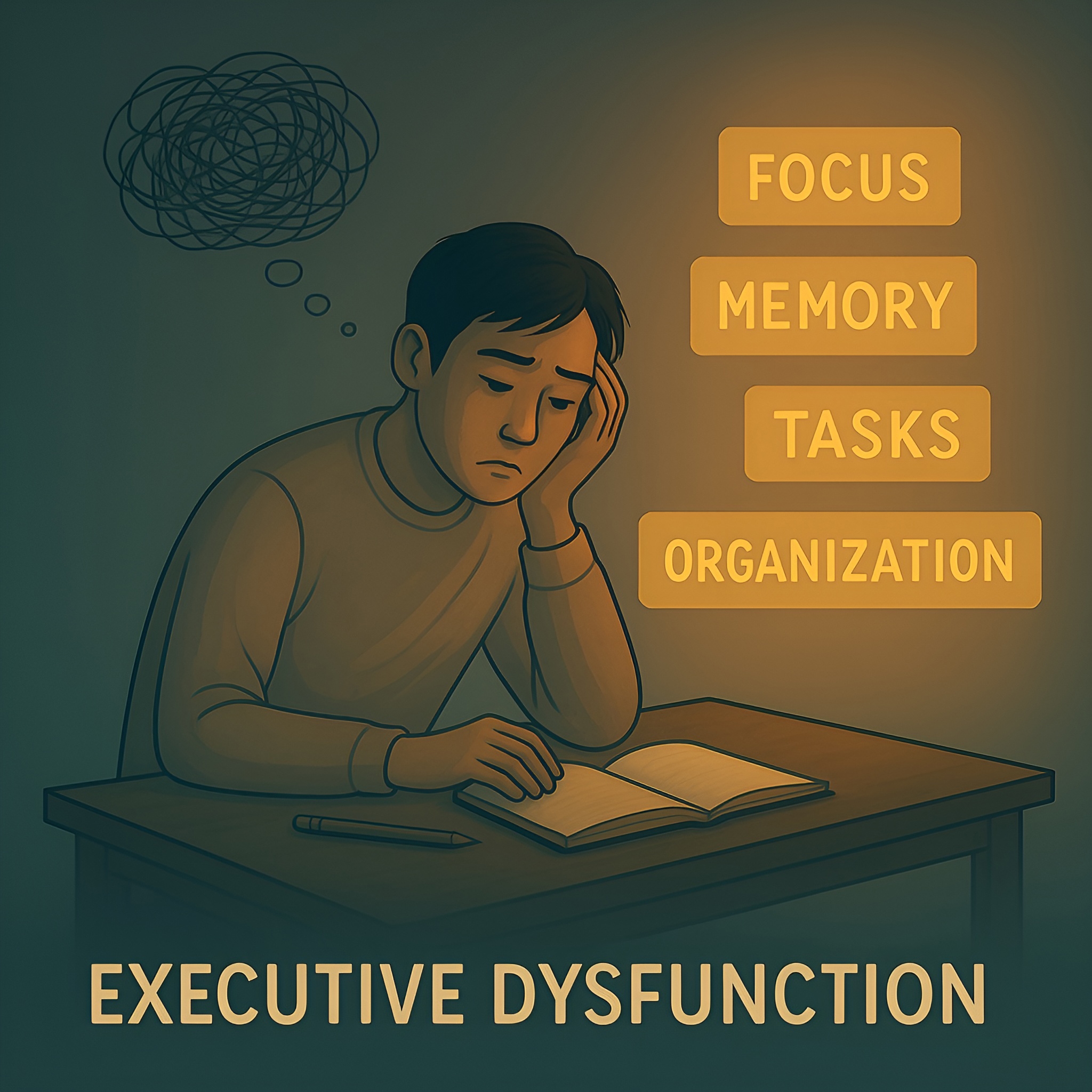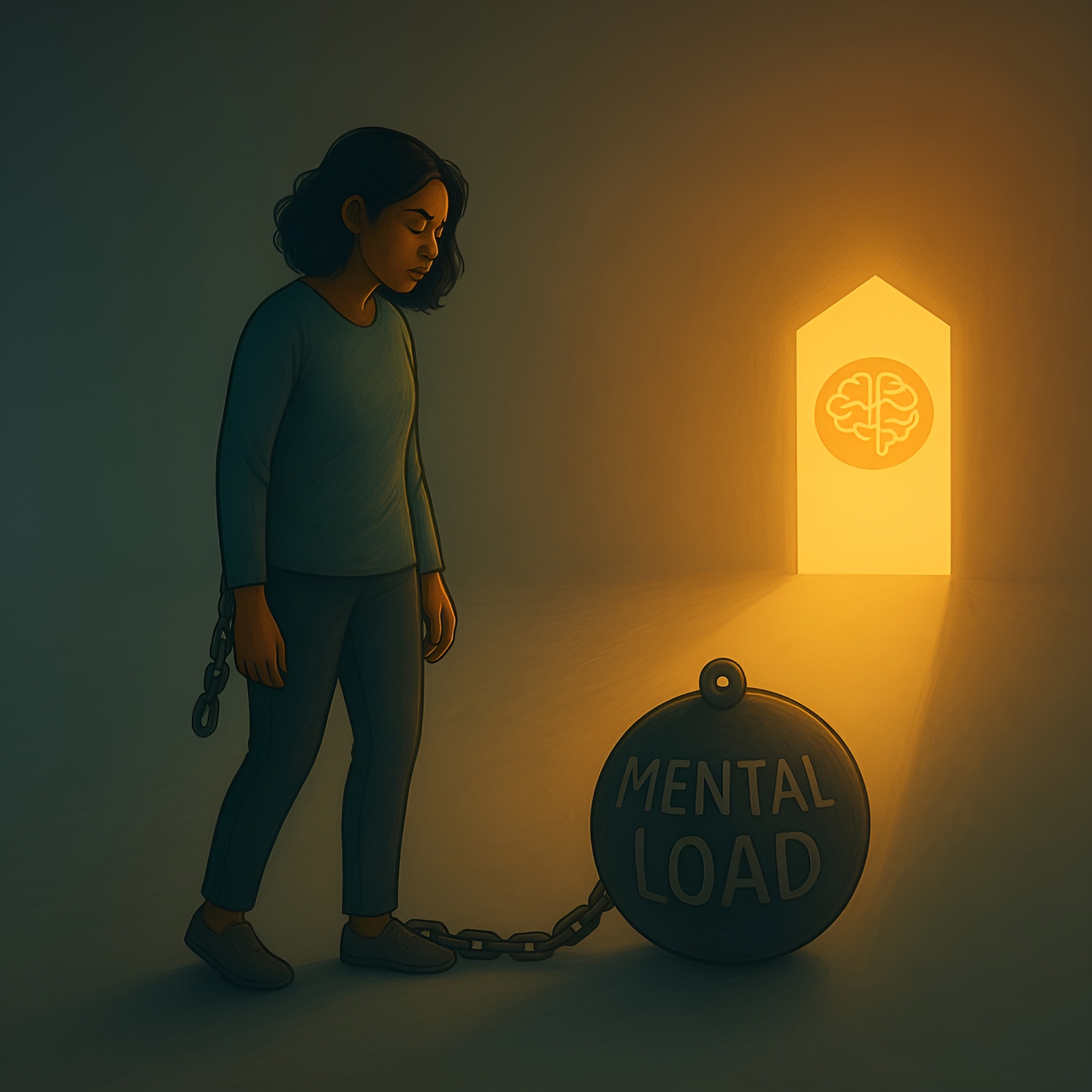

You’ve tried the productivity hacks. You’ve downloaded the apps. You’ve even done therapy before. But the same patterns keep showing up — distraction, burnout, emotional reactions that feel way out of proportion. It’s not that you don’t care. It’s that your brain is trying to protect you — using outdated rules that no longer serve you.
Identity-Level Therapy for ADHD in Edmonton
Identity-Level Therapy targets the belief patterns and emotional loops driving automatic reactions—not just the surface symptoms. By working at the identity layer, clients shift how they interpret safety, regulate threat, and relate to themselves and others. The result: reconditioning at the root of shame, self-sabotage, reactivity, and overwhelm.
It’s organized around three pillars:


ShiftGrit Core Method™
Our structured framework for breaking outdated identity patterns.
Learn more

The Pattern Library
Real-world examples of loops like perfectionism, procrastination, and shutdown.
Learn more

The Glossary
Clear definitions that keep the language sharp and the process transparent.
Learn moreLimiting Beliefs Commonly Linked with ADHD Therapy
These identity-level patterns frequently show up for clients seeking adhd therapy. Explore the beliefs to learn the “why” and how therapy can help you recondition them.


“I Am Not in Control”
When “I Am Not In Control” is running the show, everything feels like too much. You either grip harder—rigid routines, hypervigilance—or give up entirely. Underneath it all is…
Explore this belief

“I Am A Failure”
“I Am A Failure” isn’t about isolated mistakes — it’s a deeply patterned belief that tells you nothing you do is good enough. It drives procrastination, perfectionism, and…
Explore this belief

“I Am Not Good Enough”
“I’m Not Good Enough” isn’t just a negative thought — it’s a pattern formed by early experiences like criticism, neglect, or impossible expectations. This belief fuels perfectionism, people-pleasing,…
Explore this beliefWant to see how these fit into the bigger pattern map? Explore our full Limiting Belief Library to browse all core beliefs by schema domain and Lifetrap.
ADHD Treatment Edmonton Trusts
“They helped me break patterns I didn’t even know I had.”
“Professional, skilled, and genuinely invested in helping me change.”
“Hands down the best therapy experience I’ve had in Edmonton.”
Meet Our Edmonton ADHD Therapists
ADHD doesn’t look the same for everyone. For some, it shows up as a distraction or procrastination. For others, it’s cycles of overwhelm, shame, or the belief “I Am Falling Behind.” Our Edmonton ADHD therapists are trained to uncover and rewire these identity-level loops, helping clients shift from self-blame into lasting change.
More Edmonton ADHD Pattern Therapists →
Trusted By Alberta’s Leading Psychology & Mental Health Organizations
ShiftGrit Psychology & Counselling is professionally regulated, certified, and recognized by leading psychology and mental-health organizations across Alberta and Canada. These associations reflect our commitment to ethical practice, clinical standards, and evidence-informed therapy through Identity-Level Therapy and Reconditioning.










Regulated and affiliated across Alberta’s leading psychology, counselling, and mental-health organizations.
What If ADHD Isn’t Just About Focus?
At ShiftGrit, we look at ADHD through a different lens — not just as a collection of symptoms, but as a pattern that formed in response to unmet needs, limiting beliefs, and early environmental factors. These patterns live below your conscious awareness and often show up as impulsivity, procrastination, or perfectionism. That’s why insight alone doesn’t fix them. We don’t just teach coping strategies — we help clients recondition the automatic emotional responses that drive those behaviours in the first place.
Our Identity-Level Approach to ADHD
We work at the identity level — the place where beliefs like “I am lazy,” “I am slow,” or “I Am Not Understood” quietly run the show. These beliefs activate what we call the walnut brain — the fast-acting, threat-sensitive part of your mind that takes over when it senses risk. For individuals with ADHD, especially undiagnosed or late-diagnosed adults, this often creates what we refer to as the pressure cooker effect: an overload of stress and shame leading to explosive outbursts, burnout, withdrawal, or emotional crash cycles.
Our structured program includes:
- In-depth intake to identify emotional patterns and non-nurturing elements
- Clear education on how your cognitive and emotional systems work together
- Reconditioning interventions to neutralize limiting beliefs at the root
- Integrated supports for executive function, emotional regulation, and life logistics
This isn’t about working harder. It’s about rewiring the lens through which you see yourself — so you can finally act from clarity, not reaction.
Is This Right for Me?
Our ADHD therapy is designed for:
- Adults with diagnosed or suspected ADHD who feel overwhelmed, scattered, or ashamed
- Teens who are struggling with attention, emotional regulation, or academic burnout
- High-functioning professionals who mask well but crash hard
- Parents, students, creatives, and entrepreneurs who are tired of white-knuckling their way through life
We especially help clients who feel like traditional therapy hasn’t gone far enough — who understand their patterns but haven’t been able to change them.
Need an ADHD Assessment?
In addition to therapy, we also offer psychoeducational and behavioural ADHD assessments in Calgary (and soon Edmonton). If you’re wondering whether ADHD is really what’s going on — or if you’re looking for documentation for school or work accommodations — our assessment team can guide you through a structured and supportive process.
From the Blog: ADHD Patterns & Insights
ADHD Therapy in Edmonton — Online or In Person
Our Edmonton-based psychologists and counsellors are trained in the ShiftGrit Core Method™ — a structured approach that combines insight, emotional regulation, and identity-level reconditioning. We offer ADHD therapy online across Alberta or in person at our Edmonton Westmount office. Our intake process ensures you’re matched with a therapist experienced in executive function support, emotional reactivity, and performance-pressure patterns.
Break the Pattern — Not Just the Habit
If you’re ready to stop spinning your wheels and start addressing the root cause of your ADHD pattern, we’re here to help. Book a consultation or explore how our therapy goes beyond surface-level management into real, sustainable change.
Curious how this all works?
👉 Learn more about our Identity Pattern Therapy approach — and why it’s so effective for ADHD, anxiety, and self-sabotage.


124 Street Location
Address:10445 124 Street, Edmonton, AB,T5N 1R7, Canada
Phone: (780) 705-6463
Email: 124street@shiftgrit.shop
Not sure if it’s ADHD or just burnout?
Read our latest post on how to tell the difference — and what actually works.








